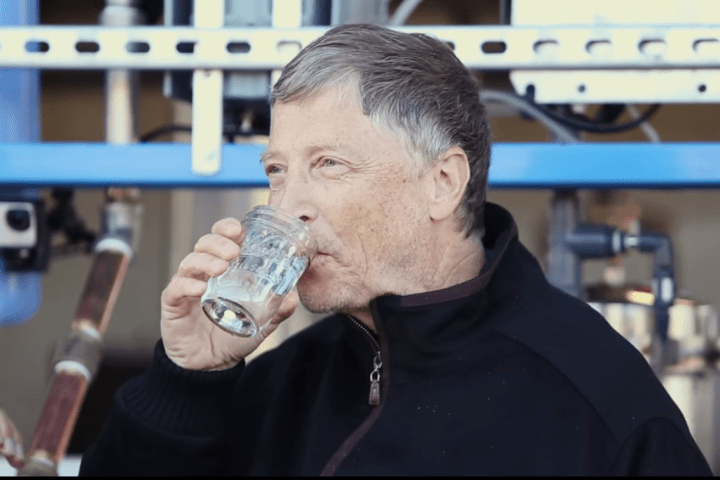
In November, Gates visited the “Omniprocessor” run by Janicki Bioenergy, an engineering firm based in Sedro-Woolley, Washington, about 70 miles north of Seattle. The machine, which is about 38 feet wide and 66 feet long, is able to turn sewer sludge from 100,000 into 86,000 liters of drinkable water a day and 250 kW of electricity, along with pathogen-free ash.
Sewer sludge enters the Omniprocessor and gets fed up a conveyor belt into tubes where it’s boiled. During this boiling process, water vapor is separated from the solid, dry sludge. The solid sludge is put into a furnace, producing steam that powers a steam engine, which powers a generator. This electricity is used to power the Omniprocessor itself, with excess electricity available to power the surrounding community. The water vapor separated from the sludge during the boiling process is run through a cleaning system and turned into clean water.
“The water tasted as good as any I’ve had out of a bottle,” writes Gates in his blog post about the Omniprocessor. “And having studied the engineering behind it, I would happily drink it every day. It’s that safe.”
This machine is part of the Gates Foundation’s endeavor to improve sanitation in poor countries, which affects more than 2 billion people. The Omniprocessor is an attempt to reinvent the sewage treatment plant, and it will be part of a pilot project later this year in Senegal.
“If we get it right, it will be a good example of how philanthropy can provide seed money that draws bright people to work on big problems, eventually creating a self-supporting industry,” according to Gates.


